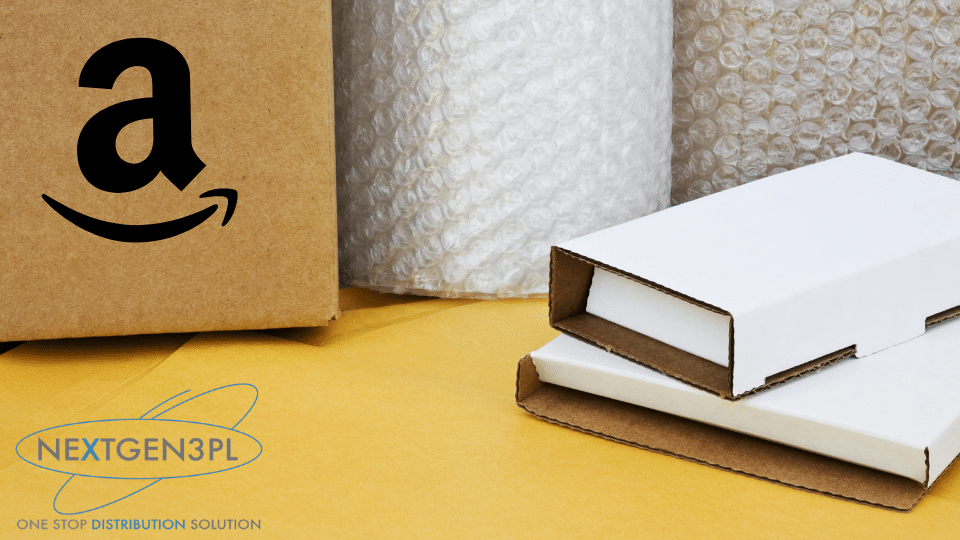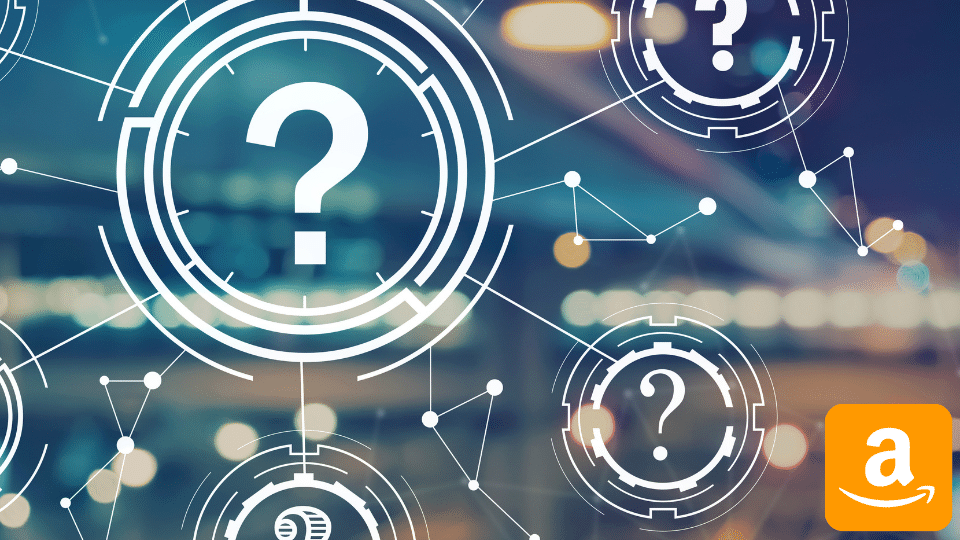What Are Your Amazon Fulfillment Options?
About Amazon Fulfillment
When someone refers to the fulfillment process in the context of e-commerce, they are referring to the process of physically shipping an order to a customer once it has been placed. When it comes to fulfilling orders that have been processed through Amazon, there are a few things to be aware of that make this process stand out from others. When fulfilling an order through Amazon, there are certain things that apply to them that simply don’t apply to other online storefronts where you may be selling your products. With this article, we hope to highlight those differences and help you see what your fulfillment options are when it comes to Amazon.

Your Amazon Fulfilment Options
There are a number of ways to fulfill orders through Amazon. Each of them comes with their own pros and cons to consider, and not all of them are going to be viable for every business.
FBA (Fulfillment by Amazon)
The first option is referred as FBA, which stands for Fulfilment by Amazon. This is an option that is often used by companies who operate primarily through Amazon when it comes to their e-commerce. This involves using Amazon’s own warehouses and housing units as inventory storage rather than your own. Essentially, if you are selling something through Amazon and want to make use of FBA, you would first send a certain amount of your products to Amazon, and they would then store it. Then, when an order comes in, Amazon themselves will handle every step of the shipping process. This is a good option for companies that operate almost exclusively through Amazon and can’t handle the shipping operations themselves, but you would essentially be locked out of using other platforms to sell your items unless you wanted to find a different fulfillment method for those.
Amazon FBM (Fulfilled by Merchant)
FBM does exactly what its name entails, instead of Amazon fulfilling your orders, your company handles the process. Though it may ultimately be a difficult and pricey venture to handle your own fulfillment, this option actually has quite a few perks. The biggest perk that comes with FBA, you’re at the whim of Amazon. If they have some sort of shipping issue, your products will be affected. If you end up taking advantage of FBM, you work on your schedule. The biggest downside is that your products won’t be listed as prime on the marketplace. However, if your process is efficient enough, you may be able to ship out even faster than prime, you aren’t limited by their process. FBM is a good option for those that can handle the shipping process, particularly small-scale businesses may make use of this option more than others would.
SFP (Seller Fulfilled Prime)
SFP is another option for people seeking to sell through Amazon, though it is the hardest to receive approval for. This option allows sellers to fulfill prime orders from their own warehouses. This means that a seller must be able to fulfill orders within the two-day delivery window that Amazon is known for. Basically, you will be able to put the prime sticker on your products, without having to rely on Amazon to do your fulfillment for you. Your business needs to be able to turnover orders very quickly for this to work, and you need to get approved by Amazon to even begin with the process. This process can be expensive and difficult to get going, plus the process to get approved can be troublesome and sometimes (currently at the time of writing) you will have to join a waitlist to even be considered for the process.
Third-Party Fulfillment
Third-party fulfillment is another option. This process involves you hiring a third-party fulfillment company to handle your orders. The benefit of this is that they’ll typically have a more cooperative approach to your company’s needs than Amazon would with FBA. They would also be able to adjust their plans to your business and would give you more emphasis on your particular business. The cons are that there are many options when it comes to such a business and it can be hard to choose, and they would need to be able to conform to Amazon’s fulfillment rules, which can be difficult to follow.
Questions To Ask Yourself Before Making a Selection

How large is my business?
This is the best way to figure out which kind of method would be the most applicable to your business.
Which options can I afford?
These options vary in pricing and you, of course, need to work within your means.
Do I plan on selling on multiple platforms?
This is important to note as some of these options can make it difficult to sell on multiple platforms, and others give you the freedom to do so.
Hidden Costs in Amazon Fulfillment
As is the case with most things, Amazon’s fulfillment process comes with a number of hidden costs that may make it difficult for your business to handle. Some of the major ones are below.
Referral Fees
The first thing to bear in mind is that Amazon has a referral fee that they charge on every product sold through their marketplace. Basically, Amazon will take the total amount of money paid by a user, and charge your company a percentage of that amount, simply for it being sold through Amazon. The average referral fee is 15%, and though this number can vary, this is the number you’ll see the most often. This deduction will add up with time and paying that much to Amazon per item sold can become very expensive.
Storage Fees
Another hidden cost that many miss is the storage fee that is charged from sellers when they use FBA. If one is making use of FBA, then they must pay a certain amount of money for Amazon to continue storing their products in one of their warehouses. These charges either come through monthly or long-term, and the monthly ones vary in price depending on the time of year. January through September is cheaper, while October through December is more expensive.
Label & Return Fees
Finally, Amazon’s FBA service charges both a label fee, and a return processing fee. Basically, if a seller doesn’t include a bar code with their product, Amazon will print one, but then the seller will have to pay $.30 for each product. They will also charge a seller if a buyer decides to return a product from said seller if it falls under certain parameters. The amount that a seller will be charged is equal to the total fulfillment fee for any of their products.
Contact NextGen3PL to Learn More!
When it comes to fulfilling orders through Amazon, there are many factors to consider. However, no option will handle your fulfillment needs as well as NextGen3PL. We can handle any of your fulfillment needs with ease and professionalism. We specialize in creating a fulfillment process that fits the needs of your business. We take a more hands-on and personal approach than any of the other options above and we ensure that all of your fulfillment needs are met. We are also aware of all of the rules we need to follow for fulfilling an order sold through Amazon and will make sure we stick to the requirements as needed. If you’re in need of a fulfillment company for Amazon, or a number of other online marketplaces, then choose NextGen3PL and we’ll fulfill you orders efficiently and up to your standards as a company.